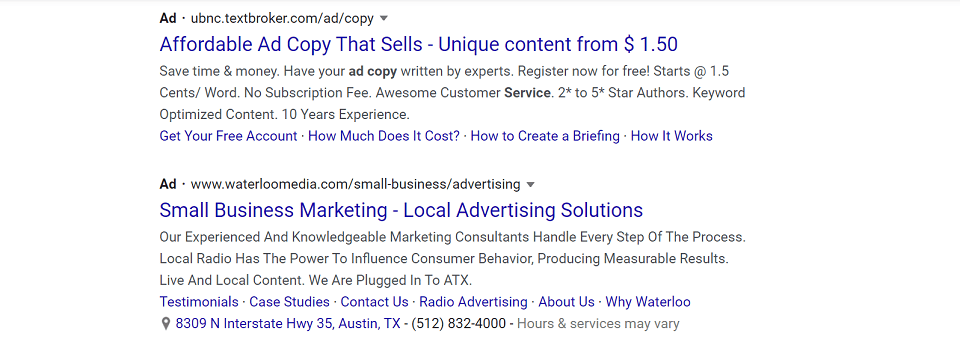As I’ve mentioned in this space previously, I have spent a great deal of time of late evaluating various marketing related technologies to build out some efficiencies and adopt some of the newer tricks out there. Last month I dug into my view on the content management space. As it turns out, several of the content management and WEM vendors also include Marketing Automation. So I thought I’d talk a little how to use it to nurture leads.
Marketing Automation: What Is It?
If you already work in Marketing, there’s a good chance you already know what this means. Just to be certain we’re all on the same page, let’s put out there a quick definition to get on common ground.
Marketing Automation is a software-based solution that offers advanced email marketing functionality such as drip marketing, multi-step campaigns, landing page generation, and full analytical tracking. It also can include more advanced message testing and targeting features not commonly found in simple email marketing products.
Essentially, these products exist to help marketing teams better nurture and qualify leads in the early stages of the sales funnel. That way, once a lead makes it to sales, the person is more likely to be qualified, interested, and ready to dig in to consider the product in detail. They likely have a real project and budget, maybe even a desired time line, leading to a true opportunity waiting and ready for your sales team.
Lead Scoring: The Key to Nurturing and Qualifying
In order to achieve that vision just described, it is absolutely critical that you think carefully about how you want to designate what a qualified lead is. This can be done very simply, or it can be quite complicated in larger enterprises or businesses with a broad product portfolio.
Simple Version: Response Indicates Interest
The simplest example of how to implement lead scoring is to start with a multi-step campaign. Let’s say that, once you identify a new lead, they go into an automated campaign that sends the following emails:
- A welcome email with links to free information about your product and the problems it solves
- (Two weeks later) A second message including a little more product information, as well as contact info should they wish to demo a product
- (Four weeks later) A third message leading with a more focused offer centering around a demo
- (Eight weeks later) A fourth and final message extending a more premium or urgent, time-limited offer that moves them along the sales cycle
Like I said, this is very simple. Basically, you are providing a little more motivation to respond each time. If this does not get a response, then perhaps they are not ready to buy quite yet. Or maybe they haven’t gotten the project approved, even though they will. But one way or the other, they were willing to let you be in touch with them. Unless they unsubscribe, you still have a reason to push on.
Long-Term Plan: Poised For The Right Time
If you try the simple approach above, a certain minority of the contacts added to the database will convert. But you will still have quite a lot of names who did not respond, but who may one day still be a potential customer. For these contacts, you need to have a long-term drip marketing approach in your back pocket.
Drip marketing works similar to multi-step campaigns, except it loops in analytics and progressive profiling. That way, you can build an understanding of who they are, what they care about (particularly content and offers on your website and in emails), and how likely a true purchase is in the future. In most cases, it is absolutely crucial that email open and click data, web site paths and behaviors, and any dripped data fields be aggregated in a single Marketing Automation product.
Going into much more detail here would make this blog post a candidate for splitting into multiple entries, so I may take a moment in the future to dig into specifics. For now, just know who you want to sell to, know how to understand when they are ready to consider your product, and have a concrete set of standards for identifying true opportunities, then build your web content, site map, and email campaigns to “lead the horse to water”, to coin a tired-but -appropriate cliche.
Lead-Scoring Holds It All Together
In case it didn’t jump out at you, lead-scoring is the key to this whole approach. Sales teams have been scoring leads for years, so if you find yourself struggling to figure out how to score prospects, get some face time with whomever it is who does your sales pipeline management. Their model may or may not be ideal for you since it’s focused on actually closing the deals, but seeing how they build from first contact through a closed deal or lost deal is something you can extend out to earlier stages of the life cycle. That’s the part Marketing should be managing on behalf of sales anyway, and if frees up your sales team to generate revenue more quickly once leads and opportunities do make it to them.
Do you use a solid lead-scoring system? What works for you?
Tommy Landry
Latest posts by Tommy Landry (see all)
- Why Pool Services Businesses Need Local SEO Visibility - April 16, 2024
- Barnacle SEO: What It Is and How To Use It - April 11, 2024
- Why Browser Notifications are a Security Risk - April 9, 2024




